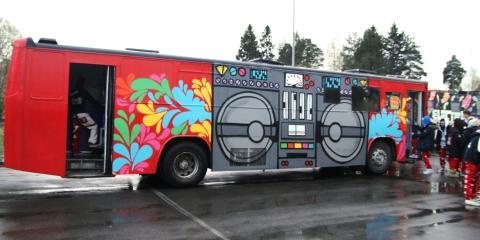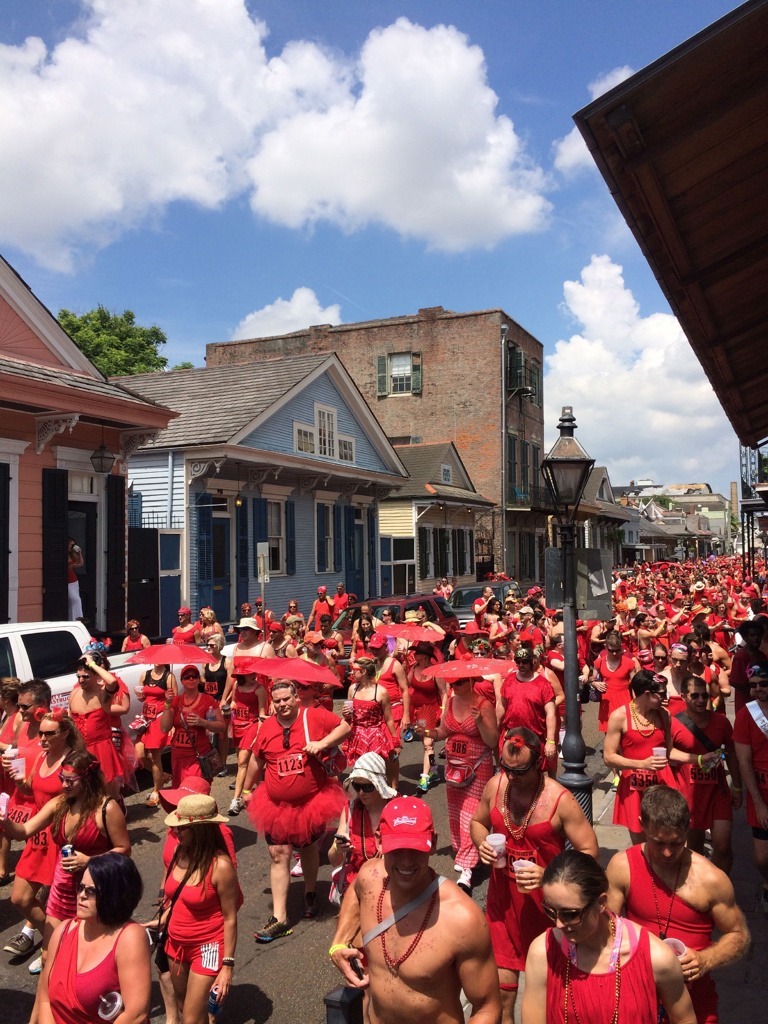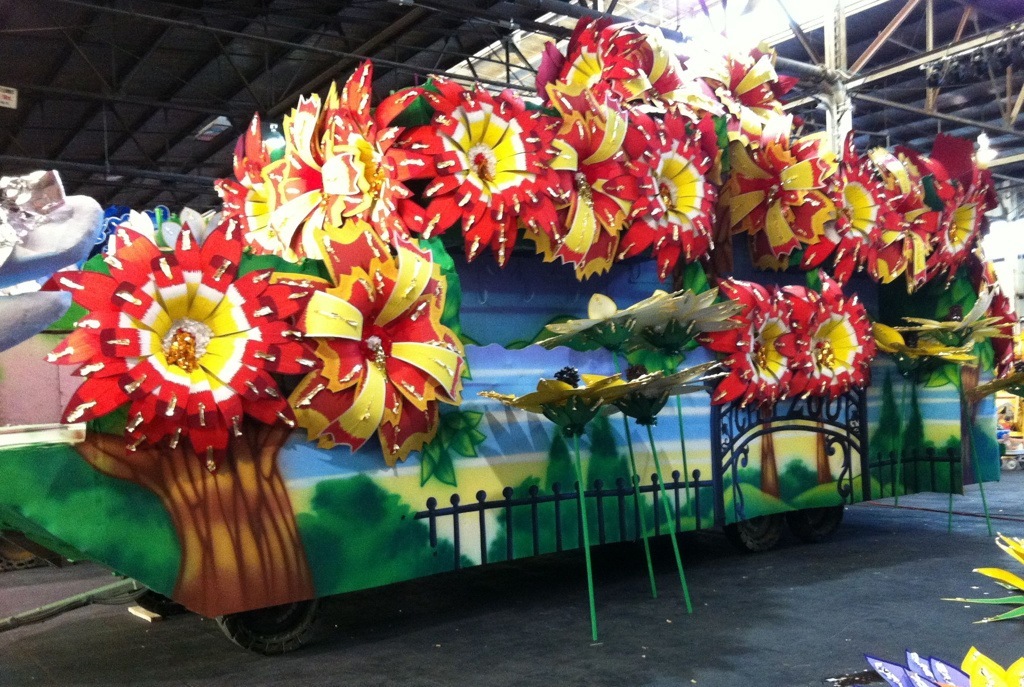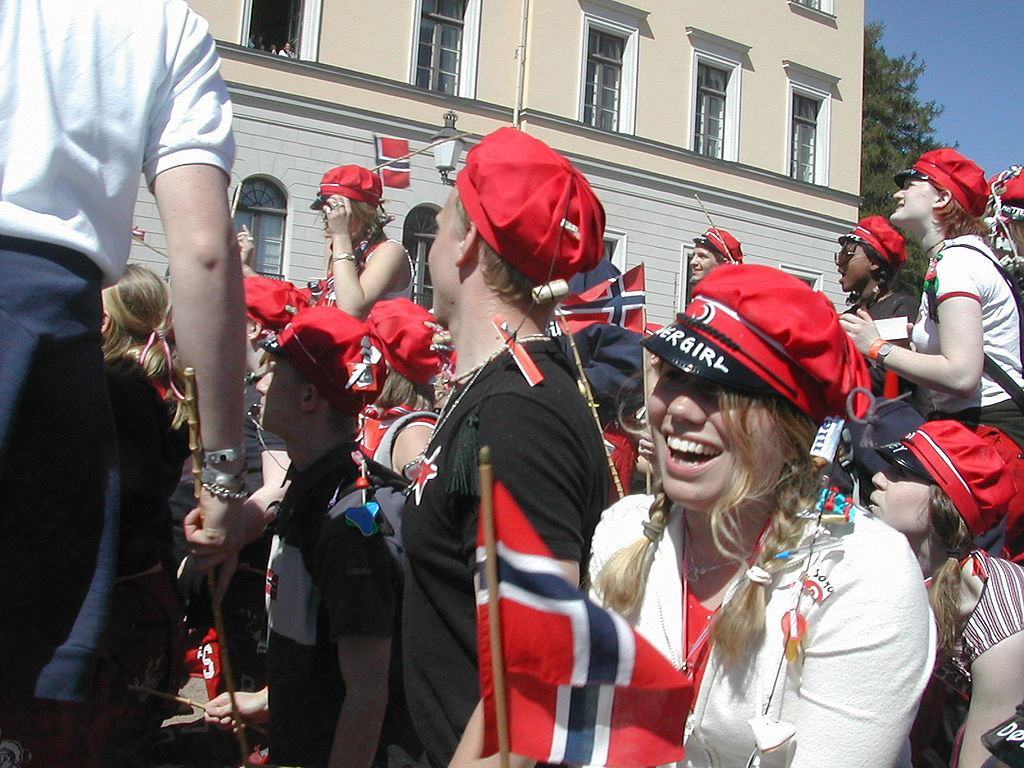Norway is not a country known for excess. New Orleans, however, is a city that thrives on all things in abundance. On my most recent trip to Stavanger, I discovered that the Russefeiring (Russen), Norway’s traditional celebration for high school students in their final spring semester, shares some commonalities (at least superficially) with the plethora of festivals and celebrations that occupy the Crescent City’s annual calendar (most recently Red Dress Run, which took place on August 9th).
Mardi Gras, the festival of all festivals, concludes on Mardi Gras day (usually sometime between mid-February and early March), or “Fat Tuesday,” the day before the first day of Lent. It was first celebrated in Mobile, Alabama in 1703 and was actively celebrated in New Orleans beginning in the 1730s, though the first floats did not appear until 1839. There are now countless festivals and parades in New Orleans for various occasions and holidays throughout the year. The Russefeiring, usually begins around May 1st and ends on May 17th, the day Norway celebrates their independence, and it began sometime in the 1700s. Both celebrations take over city and country for nearly a month each spring and involve copious amount of alcohol, music, parties, revelry, costumes (more specifically uniforms for the Russ), and elaborately decorated vehicles of transport.
Governed by boards and with no expense spared, Norwegian teens design party buses for the Russefeiring (a Russebuss) that serve a similar purpose as the fancifully decorated Mardi Gras floats that dominate the streets of New Orleans’ for several weeks each year (not to mention the city’s many party buses, which can be sighted nearly every weekend). Unlike the Russefeiring, which is only for graduating seniors, Mardi Gras is intended for people of all ages, though without a doubt, a large number of its participants are teenagers from across the Gulf South and beyond.
Mardi Gras is big business in New Orleans and it is revered internationally. Massive sums of money are spent on costumes, floats, beads, glitter, and alcohol, and people from all over the world flock to the city to party. The Russefeiring is also extremely expensive, sometimes costing as much as £6,000 – £15,000 (approx. $10,000 – $25,000) per student, but very few people outside of Norway have even heard of it.
So, what do these activities mean for the cultural economies of two vastly different port cities with deep religious undertones, linked geographically and economically with the oil industry? And what is the impact on contemporary artists living and working in New Orleans and Stavanger? I can’t help but ponder that perhaps such bacchanal-esque activities are a necessity for the general public, a means of release, a brief moment where breaking certain rules is permitted, ultimately serving as a rite of passage for those involved.
For creative thinkers, it seems a bit challenging to produce work in environments dictated so completely by such bizarre cultural phenomenon. Most artists constantly operate beyond the status quo, thus the license for lawlessness celebrations like the Russefeiring or Mardi Gras promote (or any of the numerous festivals or parades in New Orleans) seems somewhat lost on those who already have a creative outlet. On the surface, Russefeiring is simply an excuse to party and drink for weeks on end, but like New Orleans’ Red Dress Run, many people do raise money for various charities through these events. Though the wastefulness and senselessness of such festivities may make one see red, they are traditions that are several centuries old and which serve to underpin the social dynamics of both locales. A nuisance to some, a joy to others, communal and chaotic, the Russefeiring in Norway and the endless annual cycle of festivities in New Orleans live on.





